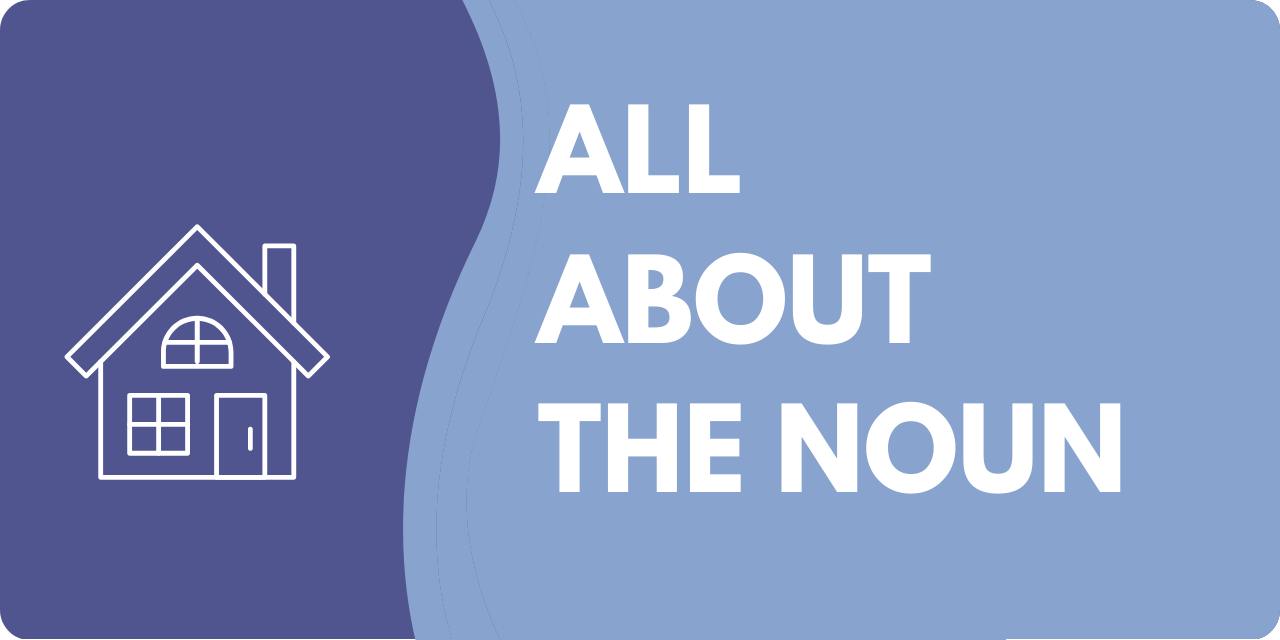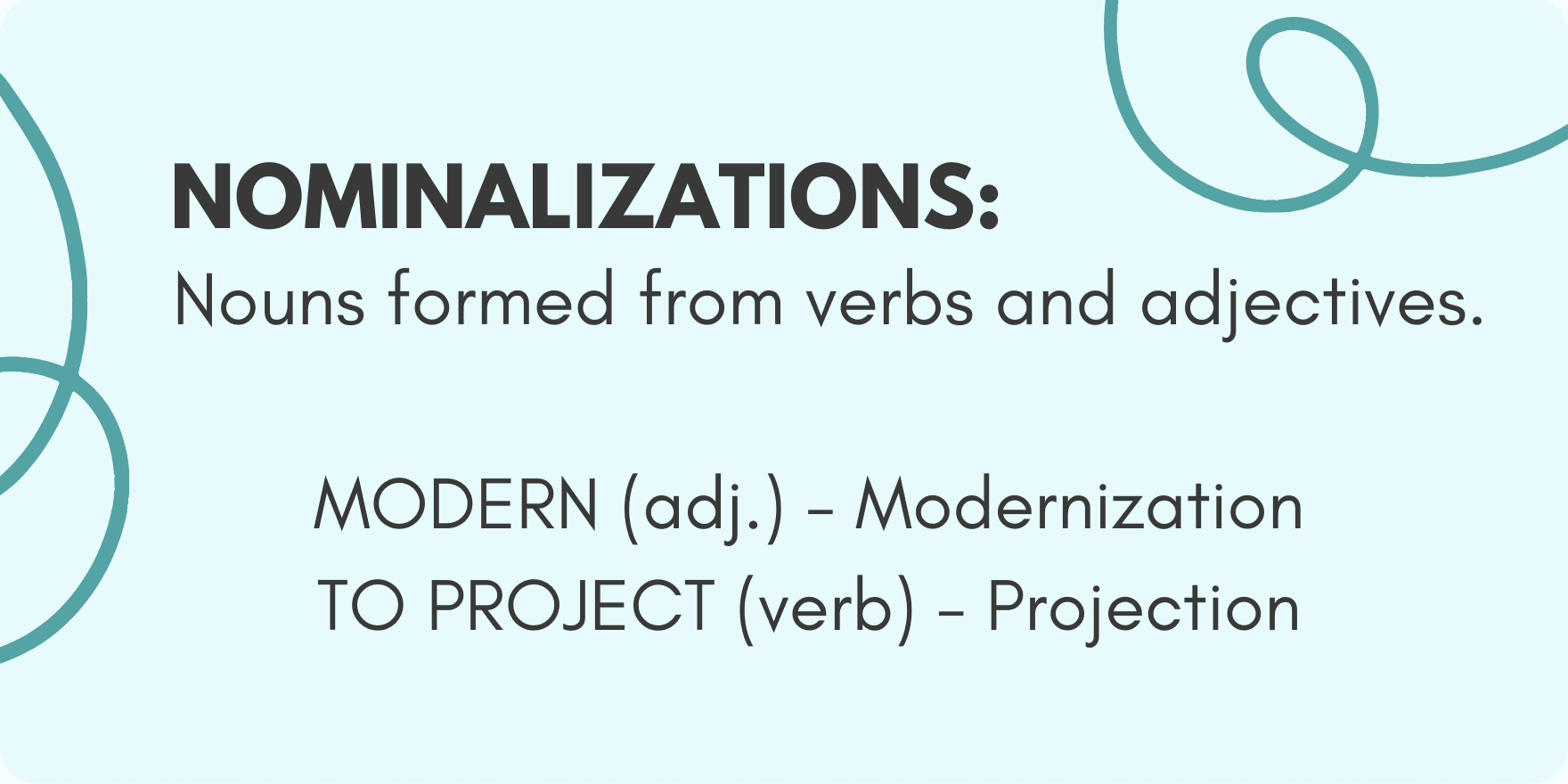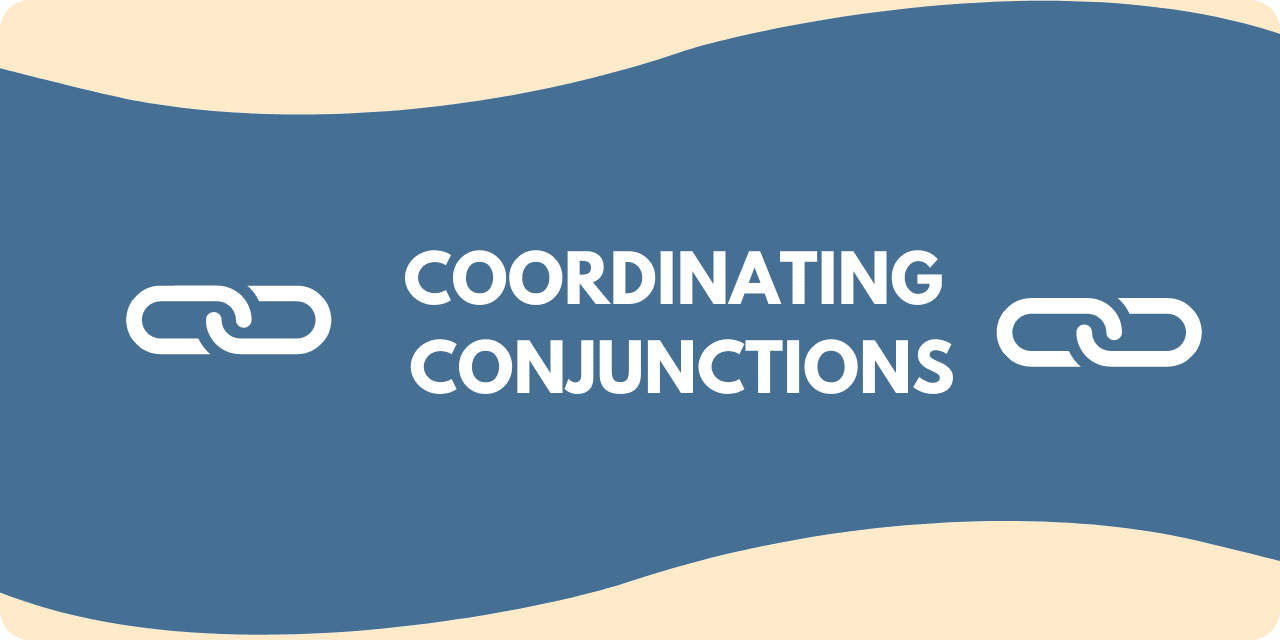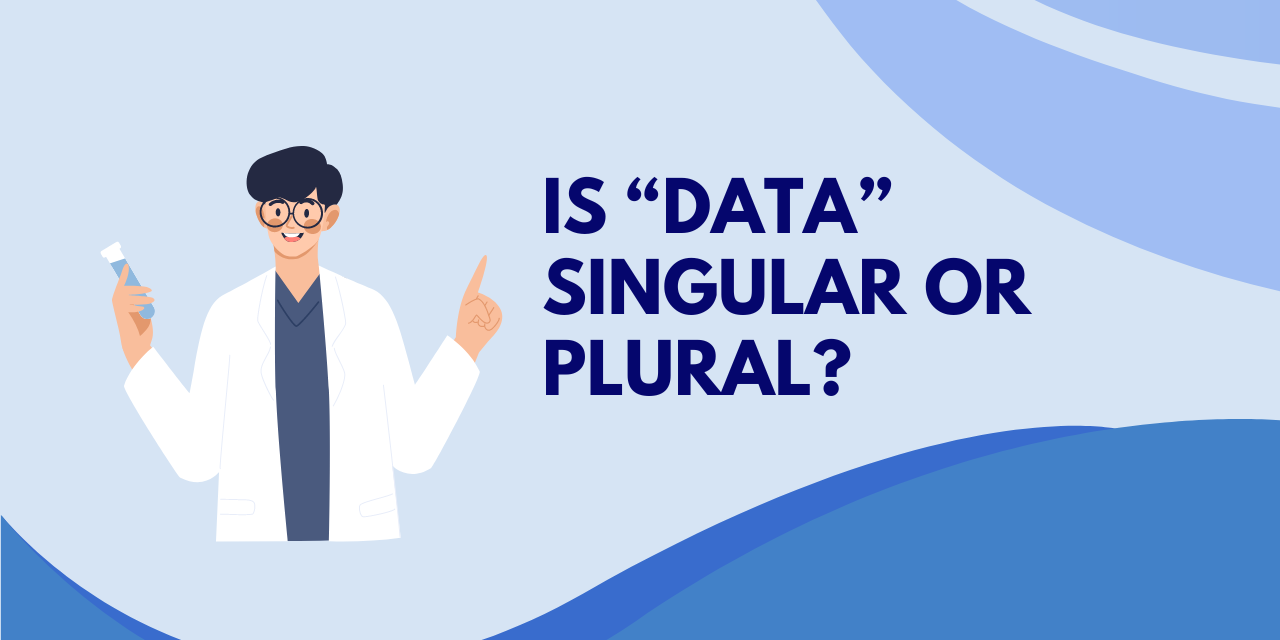Have you ever heard someone say “and also”? Is it grammatically correct? Don’t those words mean the same thing?
Definitions
While “and” and “also” may seem similar, they have slightly different meanings:
And is a conjunction. Conjunctions join clauses, words, and phrases.
Also is an adverb. It means “in addition, as well, in the same manner.” It is often used when you want to contrast two things.
- He is a professional pianist by training but also plays the violin.
- Whole Foods is a grocery store that also offers catering services.
- My sister would also like to join us for dinner.
Examples and Usage of “and also”
Even though the phrase may seem redundant, it does have a place in the English language.
Consider these two sentences:
- This new safety measure is needed to protect people from danger and save lives.
- This new safety measure is needed to protect people from danger and also save lives.
In these two sentences, the two ideas–stopping thieves and saving money–are very closely related, so and is sufficient.
Now consider these sentences:
- Fixing this feature will improve safety and attract new buyers.
- Fixing this feature will improve safety and also attract new buyers.
Here, the connection between the two ideas–improving safety and attracting new buyers–isn’t quite as obvious, so also is a helpful addition.
You may also hear the two words used together by people who think the extra word will emphasize what they are trying to say.
- She was very frustrated and also very upset.
- The child is smart and also very talented.
In summary, it is not necessary to use both words, especially if the connection between two ideas or clauses can be reasonably inferred by the reader. As with any written communication, it is important to keep the context an audience in mind.






